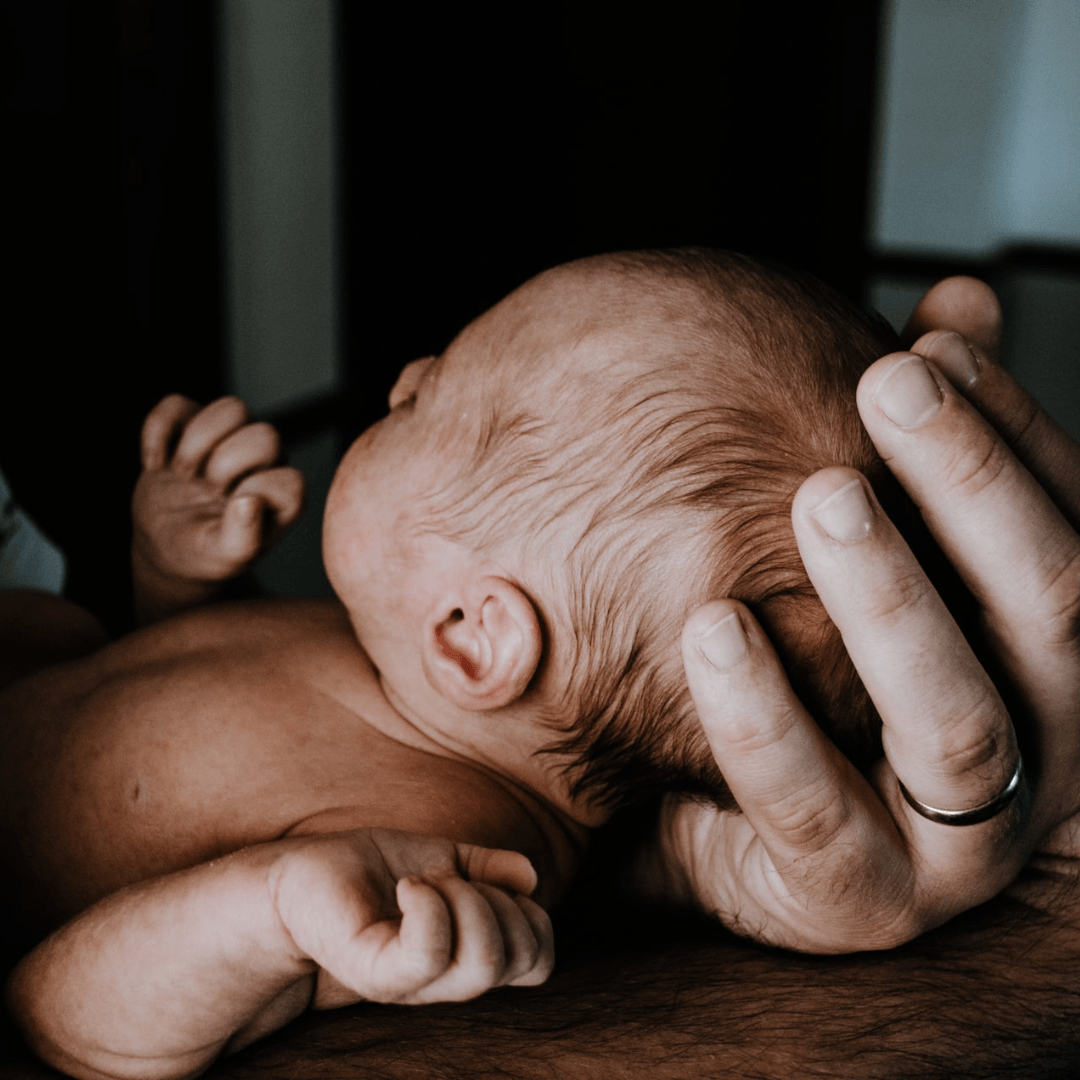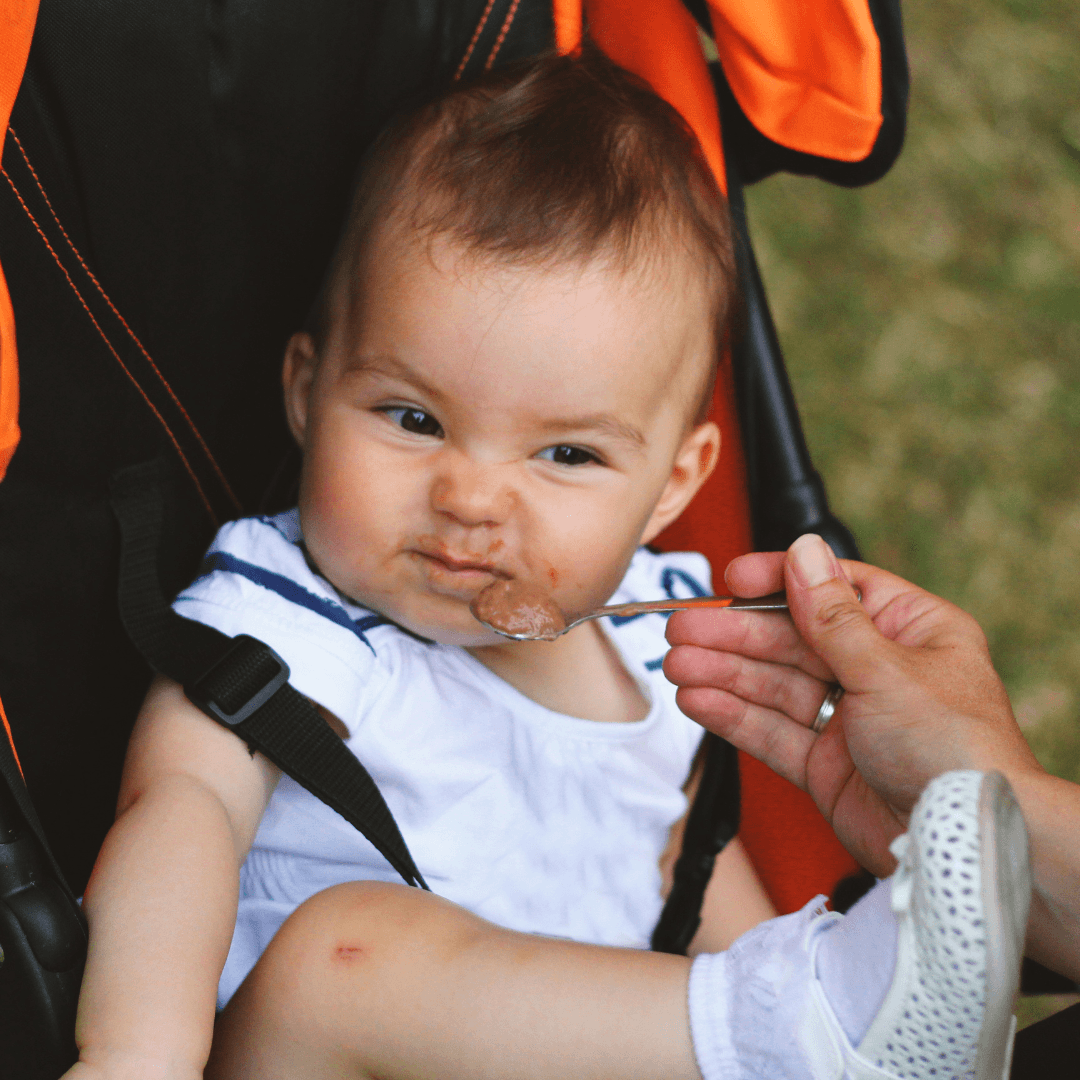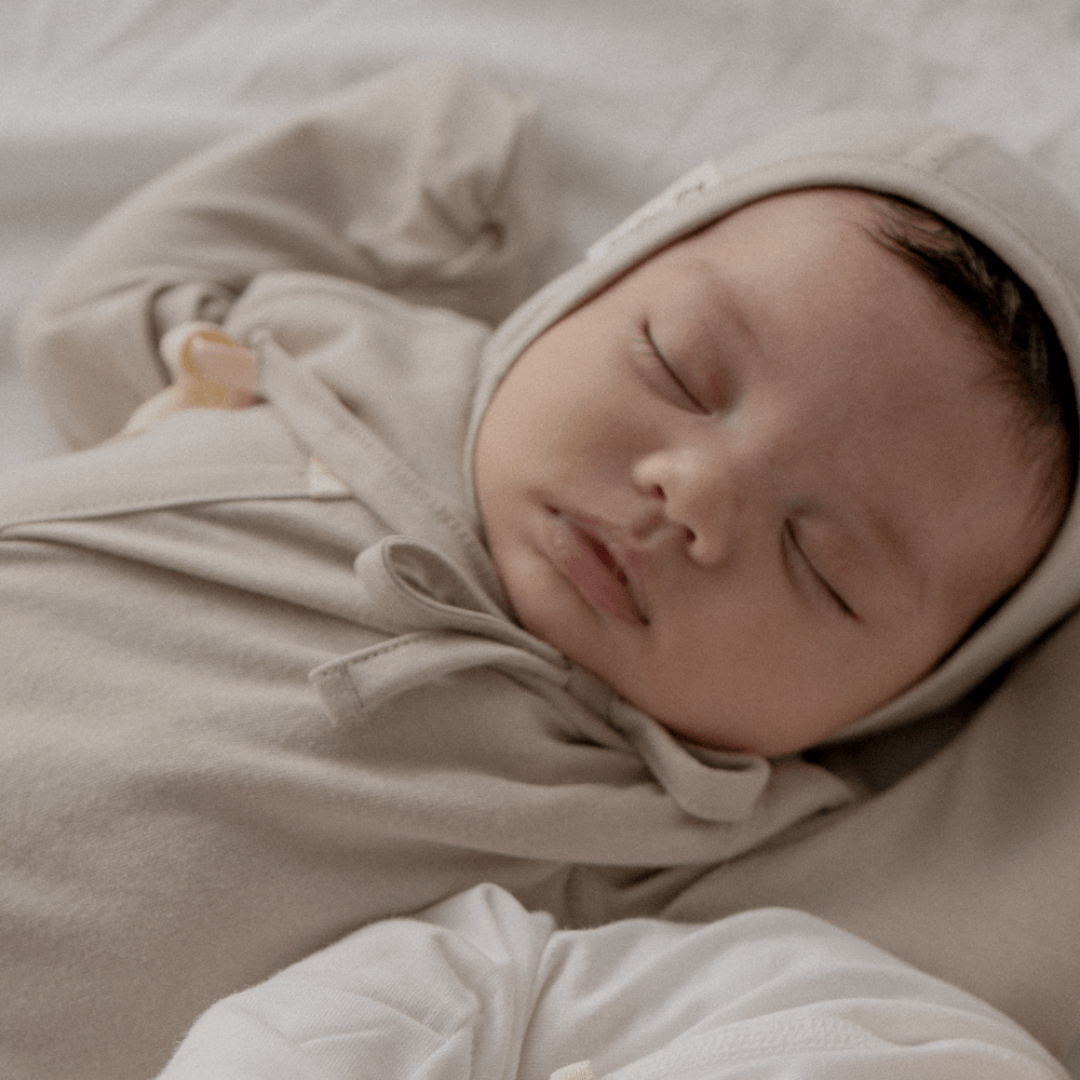
One thing that confuses parents as much as breastfeeding is how to bathe a newborn baby. No matter how much you look at how to bathe a newborn baby in the kitchen, it is not easy to follow the seasoned skills of expert teachers. Today, we will look at how to bathe a newborn baby step by step.
How often and how long to bathe newborns for?
Newborns don't go out often yet, so the chance of getting dirty is low. Bathing 3-4 times a week is sufficient. The bath time is about 5 minutes, so it doesn't have to be too long. Of course, if your child likes to take a bath and feels comfortable being in the water, you can give them a bath more often.
Preparations Before Bathing the Newborn
Prepare the necessary supplies for bathing your newborn baby in advance. It is recommended that newborns be wiped in the bedroom or living room, not in the bathroom, to prevent slipping and to keep the room from getting too cold. Have a towel for wiping the baby’s body available within easy reach. Prepare the baby bath water in advance and prepare the rinse water separately. Rinse water is expected to cool down, so take it slightly warmer to start with.
If you run the water directly from the shower to wash your child, the water may suddenly become hot or cold, which can be irritating. The bath water temperature should be good enough that it feels warm when the guardian's most sensitive skin (inner wrist, etc.) is in contact. Babies don't like water that is too cold, but they also don't like water that is as hot as the hot water in an adult bath.
Tip:
If you bathe your child immediately after feeding, your baby may vomit or have a bowel movement. After waiting one hour after breastfeeding, take a bath when digestion is complete. It is recommended to breastfeed immediately after bathing to quench your baby's thirst.
Should I use soap for newborn bathing?
Although it is optional for parents, it is not necessary to use baby soap or shampoo on the newborn. Just rinsing with water is enough to clean them. After bathing, apply a moisturizer.
What is the specific bathing order?
Wipe the bath basin clean, spray disinfectant, etc. to remove germs in advance, and then receive clean water. Clean your hands.

1. After washing your face and hair, wipe your body. Remove the baby's clothes but wipe the face and head first with the diaper filled. If your baby still has the Moro reflex, it's a good idea to start with an under wrap. At this time, places your baby on their side in a supine position but supports their spine with your arms. After washing eyes → face → head, wipe the area around the face with a handkerchief, and then prepare to wipe the body.

Washing your baby in a supine position.

Washing your baby in a prone position.
2. When washing the body, start in the most stable position so that the baby does not become anxious. Find a prone position to support the back of the baby's neck and put your hand in the armpit of the baby, while supporting the breast of the baby in your arms, feeling the baby lying face down. Then you can gently put your child in the bath water.
This a time when your baby can't control their neck yet, so you need to be careful not to shake your baby's neck. When cleaning the front of the baby, you can start in a lying position, and when cleaning the back of the baby, you can change them to a prone position.
3. The key point of bathing a newborn baby is to keep water from getting into the ears and to support the baby's neck so it doesn't shake. While supporting the baby's back with one arm, gently wipe the baby's body with a wet handkerchief.
4. Sweat bands easily form on the folds of a baby’s skin, so wipe this area, and gently spread their clenched fists and wipe them with your fingers. Wash the area where the skin is folded, such as under the chin or around the genitals. At this time too, do not apply light force like wiping an adult, but gently clean the child.
5. Lastly, pour the rinse water over the baby's whole body, and after bathing, place the baby on a soft towel spread. Wipe gently as if tapping the water away.
6. After wiping off the water, apply a baby moisturizer.
7. After taking a bath, your baby may feel thirsty, so breastfeed them if necessary.
Tip:
It is okay to take it off and wash the child, but it is also good to wrap the baby's body with an inner wrap, etc. and put them in the water as it is. The friction doesn't make the baby slip easily and the baby doesn't get startled by the water. Before putting your baby in the water, say 'it's bath time'.
# Parenting Advice from Director Hyang-Hwa Kwon
Should I purchase a baby bathtub?
There are many baby bathtub products that can support your baby's back. These bathtubs are helpful in the mid-term (around 2-3 months of age) when your child has passed the newborn period and is not yet able to control their neck. It's hard to keep your hands supported so that the child doesn't fall into the water. However, in the newborn period, a small bucket is more comfortable and better than a large bathtub. Newborn babies are much smaller than you think. Filling a large bathtub with water and moving it can put a strain on the guardian's wrist. Try using a light and small bucket at first, then use a larger tub as your baby grows older.
---------------------------------------------------
Author: Kwon Hyang-hwa
- Newborn Childcare Coach
- IBCLC International Breastfeeding Specialist
- Worked as the director of a postpartum care center for 10 years.







